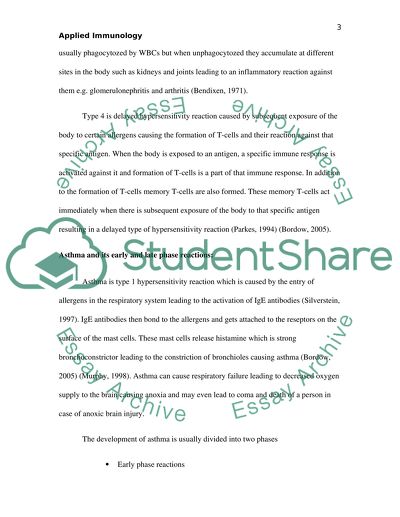Applied Immunology Essay Example | Topics and Well Written Essays - 750 words. Retrieved from https://studentshare.org/health-sciences-medicine/1478160-applied-immunology
Applied Immunology Essay Example | Topics and Well Written Essays - 750 Words. https://studentshare.org/health-sciences-medicine/1478160-applied-immunology.


